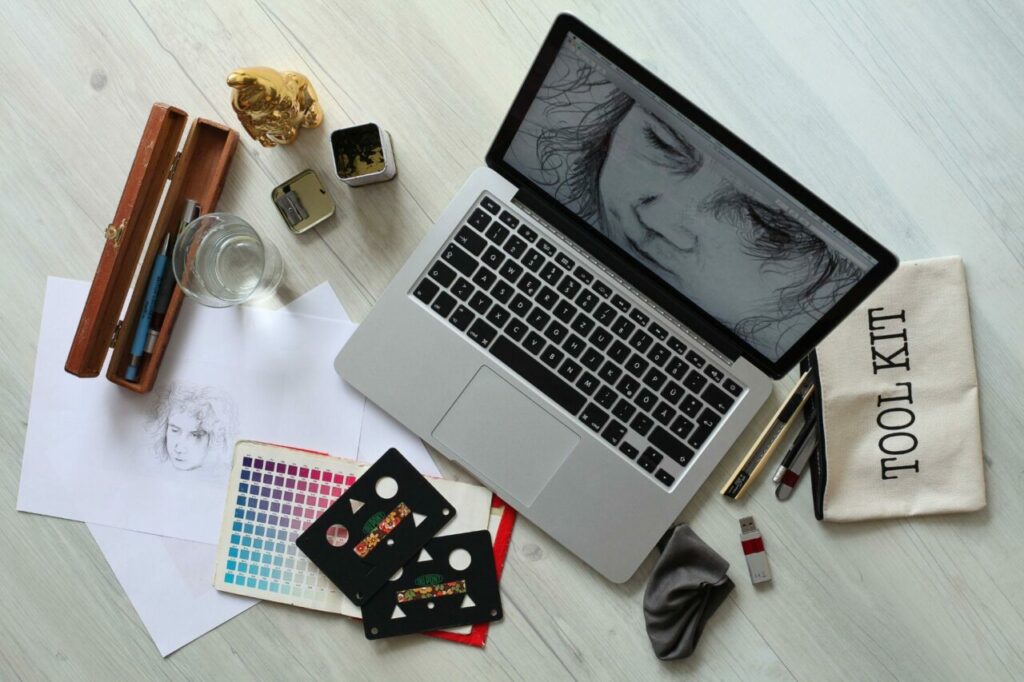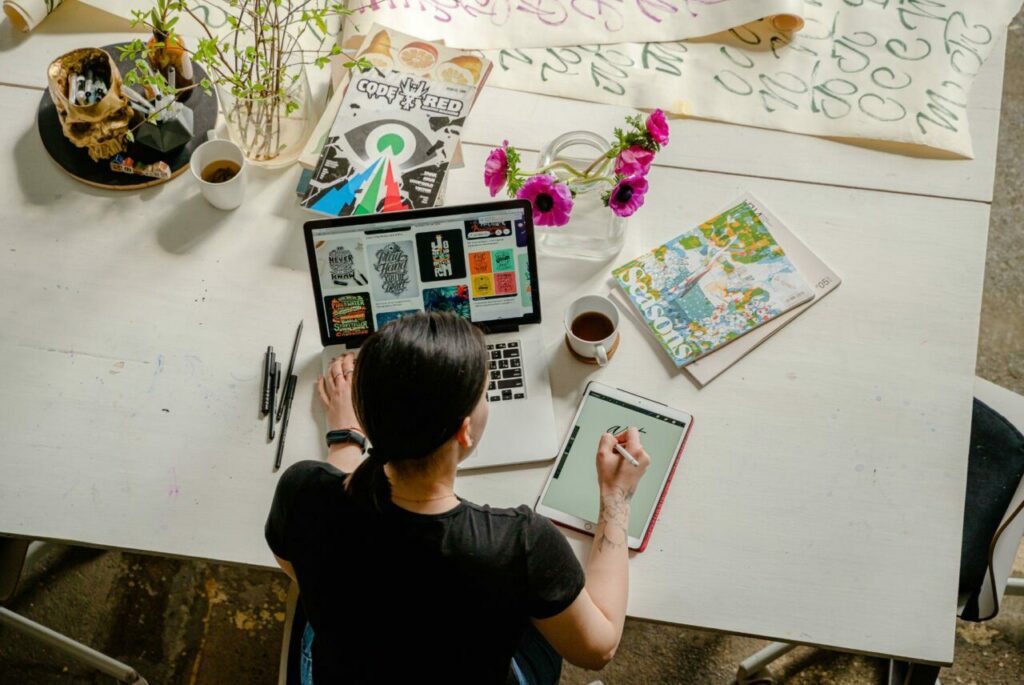Have you ever been wondering about what a day in the life of a motion graphics designer? Well, I’m about to take you on a thrilling ride through my daily life!
From brainstorming ideas to collaborating with colleagues, creating amazing assets, and even personal growth, you’ll get a complete look into the exciting world of motion graphics design. So get ready to be inspired!
1. Morning Routine
Every morning, I eagerly dive into my inbox, texts, and project updates. To keep things going smoothly, I need to know about client needs and deadlines.
As a motion graphics artist, I always start the day by making a schedule, going through my to-do list, and ranking my most important tasks. So I can give each job my full attention and make the most of my time by doing this!
2. Sketching
When I dive into the digital world, my go-to tools are usually a sketchpad or my trusty digital tablet. Sketching is just like a playground full of creativity for me, where I can let my mind wander and try out new ideas, layouts, and patterns.
It’s like a graphic version of a brainstorming session, and it helps me make my ideas real. I can’t say enough about how important this first drawing step is because it lets me turn all my thoughts into something real and exciting.

3. Animation and Motion Design
When I come up with an idea, I use animation and motion graphics to make it become a real product. I use apps like Adobe After Effects, Cinema 4D, or Blender to actualize my idea.
I take on the world of keyframes, curves, and effects to bring my creativity to reality. With shapes, typography, colors, and textures, I carefully design each frame to create captivating and engaging motion designs. The feeling of seeing my still designs become vibrant animations is truly exciting.

4. Meetings
Collaborating and communicating with other people is a big part of being a motion graphics designer. I’m constantly meeting with clients, art directors, and project teams to talk about goals and get their feedback. These meetings are so important to help me make sure designs match what the client wants.
5. Asset Creation and Editing
Even though animation is the main attraction, it’s important not to forget the important job of making and editing elements.
Whether I’m finding or making illustrations, icons, images, or video footage, these elements are what bring the motion design to life.
I often use some software such as Adobe Photoshop or Illustrator to make my assets look good and get them ready for animation.
It’s all about paying attention to the little things because successfully integrating these assets into the final design creates a seamless and visually captivating experience for the viewer.

6. Receiving Feedback
I am always asking my clients, coworkers, and art directors for feedback. I’m grateful for any kinds of valuable suggestions as it helps me improve my creativity.
I want to do more than just meet the expectations of my clients at least. And that’s why I’m all for this iterative process that constantly pushes me to improve and deliver exceptional work.
7. Personal Development
In the ever-changing world of motion graphics design, staying on top means always improving. Therefore, I make it a top goal to keep learning and growing.
From checking out the latest software updates to mastering new animation techniques, I’m always eager to enhance my design skills.
Whether I’m watching tutorials, attending workshops, or trying out new tools, I’m all about continuous learning. Learning new things not only helps me but also keeps my creativity growing and my passion for design strong.
Is This Career Worth Pursuing?
Are you contemplating a career as a motion graphics designer? Without a doubt, the resounding answer is a resounding yes!
Being a motion graphics designer is an incredibly fulfilling and satisfying profession. In the exciting world of visual arts, there’s a magical mix of creativity and technical skills that makes visuals.
There’s more! You’ll have a good chance to work with the most creative people in the graphic design field. Imagine getting to use the newest, most cutting-edge technology, which will always blow your mind and excite you.
Yet, stress is all common in fast-paced, high-pressure workplaces. To steer clear of this predicament, you must know the art of time management.
You can still keep track of all your work and responsibilities and still have time for your friends and family. As a motion graphics artist, it’s crucial to stay on top of changing technology and styles.
Keeping up with the latest in the field isn’t just a suggestion; it’s mandatory. By staying updated with the latest tools and techniques, you can ensure the jobs remain innovative, exciting, and relevant.
How To Stay Motivated?
First things first, set realistic goals and deadlines for yourself. Knowing exactly what needs to be done and what can keep you on track and motivated.
When you know what you want to do, it’s much easier to keep up with your jobs and make changes as you need.
Taking breaks throughout the day is another essential tip. As a motion graphics designer, you deal with a lot of visual information, so giving yourself breaks can boost creativity and focus.
Doing exercises, getting some fresh air, and some food or drinks. You won’t believe how much it can help you for the rest of your day.
Lastly, you better give yourself a prize when you do something great. It’s really important to cheer yourself up after a hard working day.
Conclusion
Being a motion graphics designer is an exciting journey. It’s all about unleashing creativity, working with awesome teams, and always learning something new.
Every day, I get to turn ideas into breathtaking animations and collaborate with clients. This career pushes me to constantly improve and evolve, which brings me immense joy. I strive to create unforgettable and visually stunning experiences.
